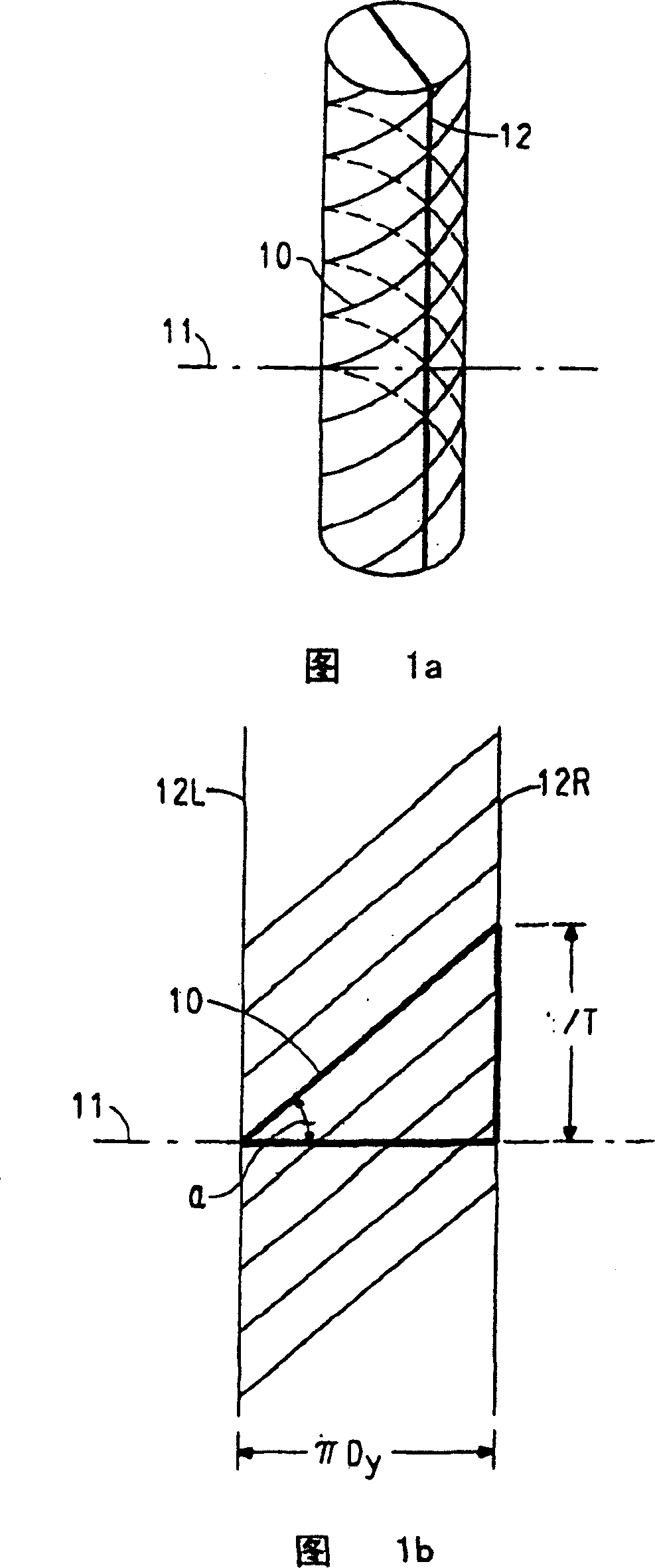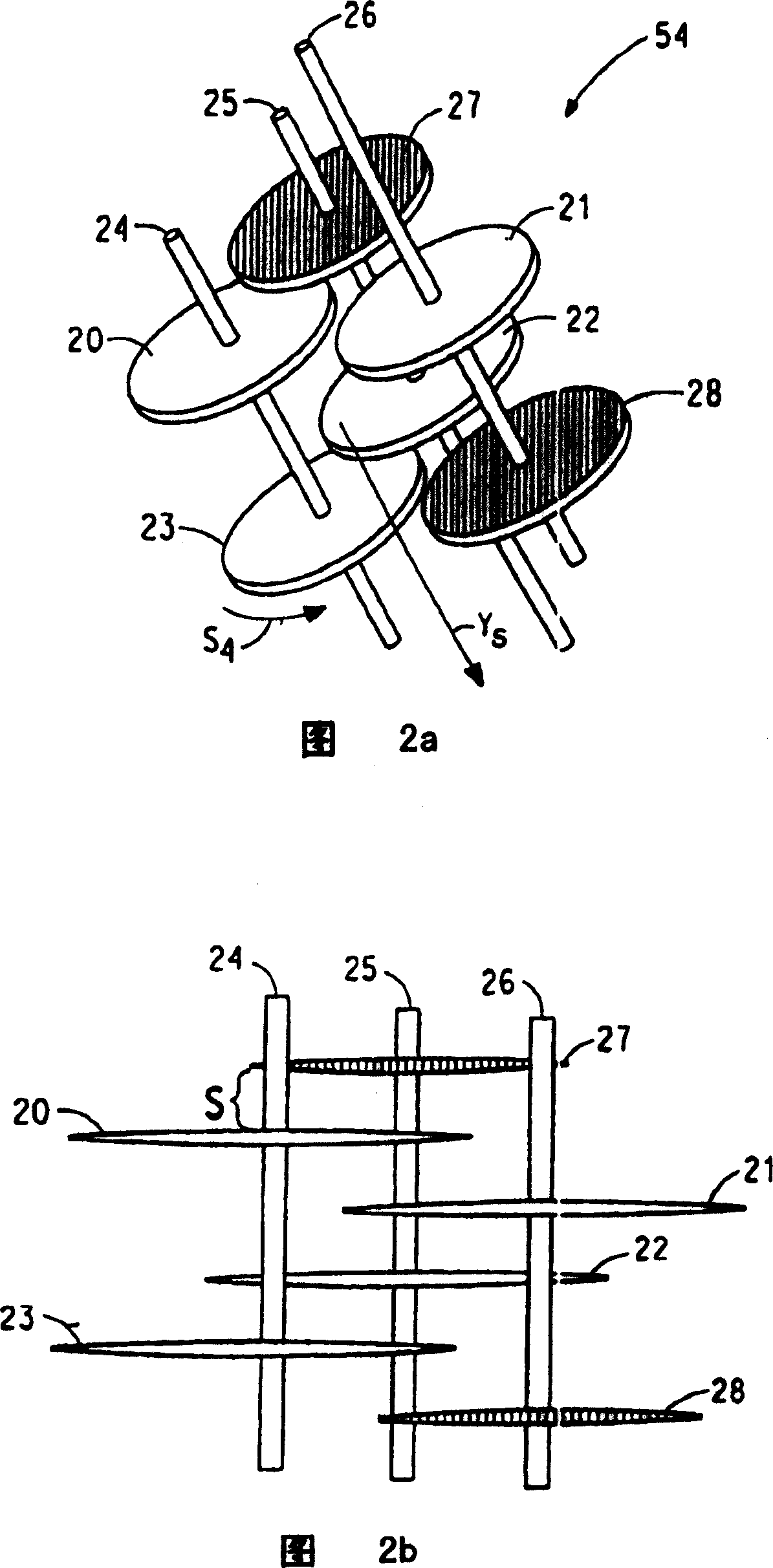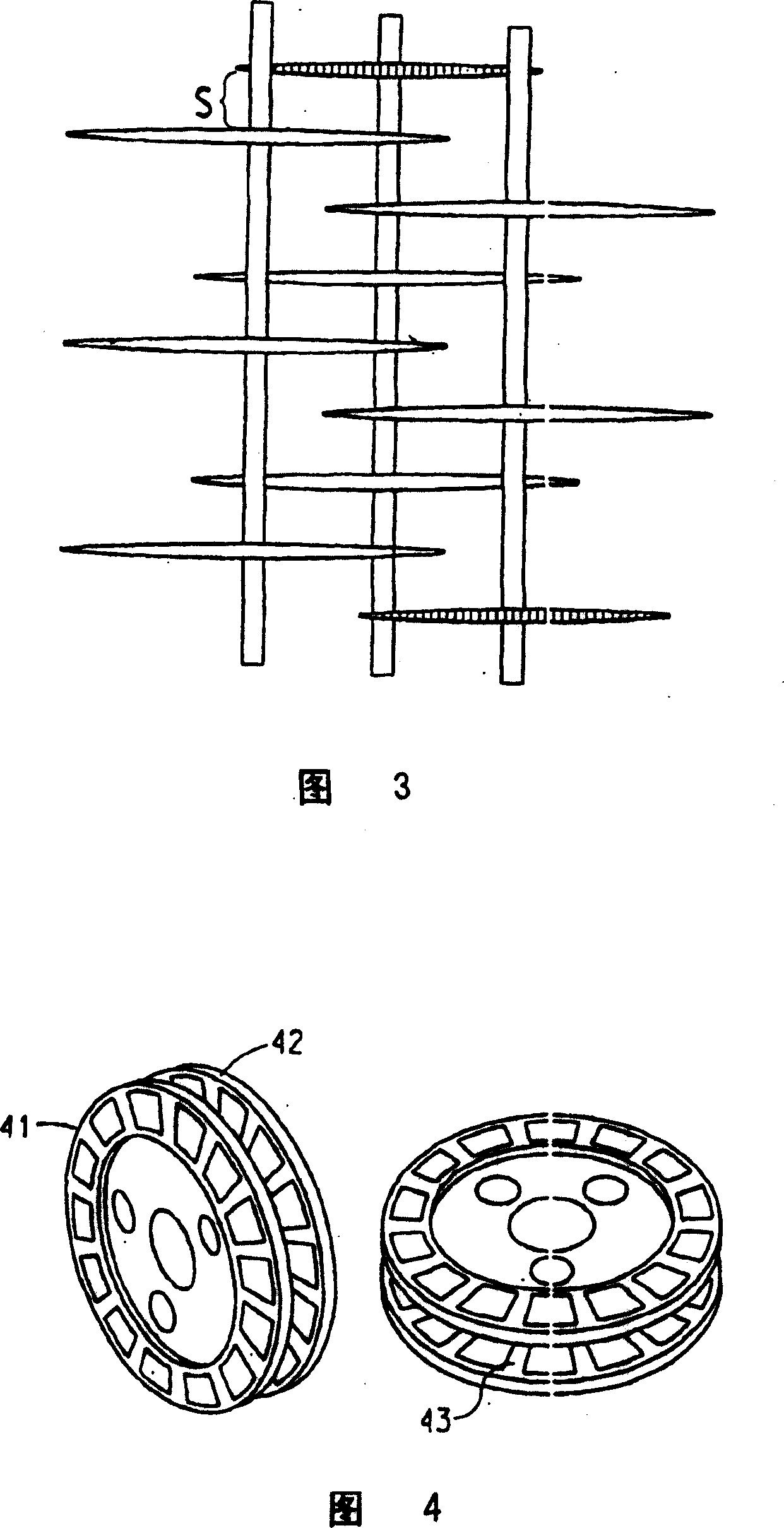Partially oriented poly(trimethylene terephthalate) yarn
一种聚对苯二甲酸丙二醇酯、苯二甲酸丙二醇酯的技术,应用在聚酯变形纱领域,能够解决操作效率下降、变形纱旦数高、纱质量差等问题
- Summary
- Abstract
- Description
- Claims
- Application Information
AI Technical Summary
Problems solved by technology
Method used
Image
Examples
Embodiment I
[0069] Embodiment 1 polymer preparation
[0070] Polytrimethylene terephthalate polymer is prepared from 1,3-propanediol and dimethyl terephthalate in a two-pot process using tetraisopropyl titanate as a catalyst, Tyzor TPT (registered trademark of E.I. duPont de Nemours and Company, Wilmington, DE) at a concentration of 60 parts per million ("ppm") by weight (micrograms per gram) based on the finished polymer. Molten dimethyl terephthalate was added to 1,3-propanediol and catalyst at 185°C in a transesterification kettle and the temperature was raised to 210°C while methanol was being removed. Titanium dioxide was added to the process as a 20% slurry in 1,3-propanediol, resulting in 0.3 wt% TiO in the polymer 2 . The resulting intermediate was transferred to a polycondensation kettle where the pressure was reduced to 1 mbar and the temperature was raised to 255°C. When the desired melt viscosity is reached, the pressure is increased and the resulting polymer is extrude...
Embodiment II
[0071] The preparation of embodiment II partially oriented yarn
[0072] Yarns were made from the polytrimethylene terephthalate pellets prepared in Example 1 using a conventional remelted single-screw extrusion process and a conventional polyester fiber melt spinning (S-winding) process. The melt spinning process conditions are listed in Table II below. The polymer was extruded through orifices having the shapes and diameters described in Table II. The spinneret assembly was maintained at a temperature such as is required for the polymer temperatures given in Table II. The filamentary stream leaving the spinneret was air quenched at 21°C, bundled, oiled, entangled and collected. The physical properties of the partially oriented yarns of polytrimethylene terephthalate were measured using a tensile tester from Instron Corporation, model 1122, and are listed in Table III.
[0073] Table II
[0074] Example
Cross section
Aperture
...
Embodiment III
[0078] Example III - Single Yarn Stretch
[0079] This example shows that partially oriented yarns produced according to the present invention can be used in subsequent drawing operations. This example also shows that the yarn can be used as a texturing precursor, ie, the yarn of this example is untextured. Partially oriented yarns produced as described in Examples II-A, II-C, II-D and II-E were drawn on a Barmag draw-winder, model DW 48, with a godet temperature of 130°C. The draw speed, draw ratio, and physical properties of the resulting drawn yarn as measured using an Instron Tensile Tester, Model 1122, are listed in Table IV below. Partially oriented yarns produced as described in Examples II-D were drawn at three different draw ratios, reported in Table IV.
[0080] Table IV
[0081] example
PUM
| Property | Measurement | Unit |
|---|---|---|
| elongation | aaaaa | aaaaa |
| elongation | aaaaa | aaaaa |
| elongation | aaaaa | aaaaa |
Abstract
Description
Claims
Application Information
 Login to View More
Login to View More - R&D Engineer
- R&D Manager
- IP Professional
- Industry Leading Data Capabilities
- Powerful AI technology
- Patent DNA Extraction
Browse by: Latest US Patents, China's latest patents, Technical Efficacy Thesaurus, Application Domain, Technology Topic, Popular Technical Reports.
© 2024 PatSnap. All rights reserved.Legal|Privacy policy|Modern Slavery Act Transparency Statement|Sitemap|About US| Contact US: help@patsnap.com










